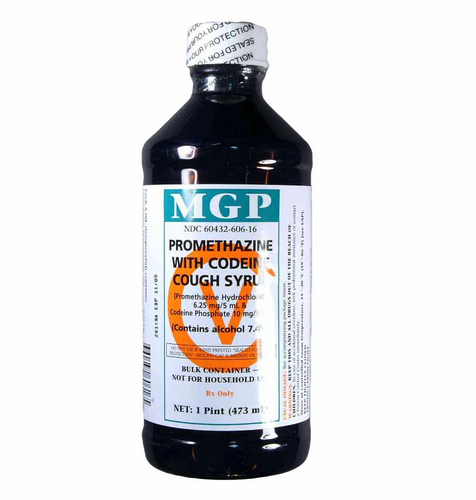|
Name: Codeine combination product 90 mg/du
Type: Opioid
AKA: Empirin, Fiorinal, Tylenol, ASA or APAP w/codeine

|
|
II. Natural Derivative

|
|
III. Chemical Profile (IUPAC name)

|
|
IV. History
Codeine Combination Products, such as those with 90 mg of codeine, have been used for pain relief and cough suppression since the 19th century. They remain important in therapeutic applications.

|
|
V. Legal Information
Codeine Combination Product (90 mg) is used for pain relief and cough suppression. It is controlled under opioid regulations in many regions due to potential for abuse and addiction. [Source: UNODC].
US Federal Schedule - III
Schedule III drugs, substances, or chemicals are defined as drugs with a moderate to low potential for physical and psychological dependence. Schedule III drugs abuse potential is less than Schedule I and Schedule II drugs but more than Schedule IV. Some examples of Schedule III drugs are: products containing less than 90 milligrams of codeine per dosage unit (Tylenol with codeine), ketamine, anabolic steroids, testosterone.
Key US Federal Policies:
Controlled Substances Act. Public Law: Public Law 91-513 (text can be found on GovInfo) (https://www.dea.gov/drug-information/csa). Date enacted: October 27, 1970.
|
|
VI. Physical Effects
Codeine combination products are used for pain relief and cough suppression. Codeine acts as a downer, causing sedation and analgesia. Short-term use is effective for managing pain and cough, but long-term use may lead to dependence and tolerance. Overdose risks include severe respiratory depression. Safe use requires careful dosing and medical supervision. Recent research focuses on its effectiveness and safety compared to other pain relievers.  |
|
VII. Psychological Effects
N/A
 |
|
VIII. Culture
Codeine combination products contain codeine, an opioid used for pain relief, classifying it as a downer. Short-term use provides effective analgesia, while long-term use can lead to dependence, tolerance, and severe health issues. Overdose risks include severe respiratory depression and potentially fatal outcomes. Safe dosages are typically prescribed and controlled by medical professionals. Recent research emphasizes its effectiveness in pain management but warns of high abuse potential. Physical effects include drowsiness, constricted pupils, and potential for respiratory depression.
 |
